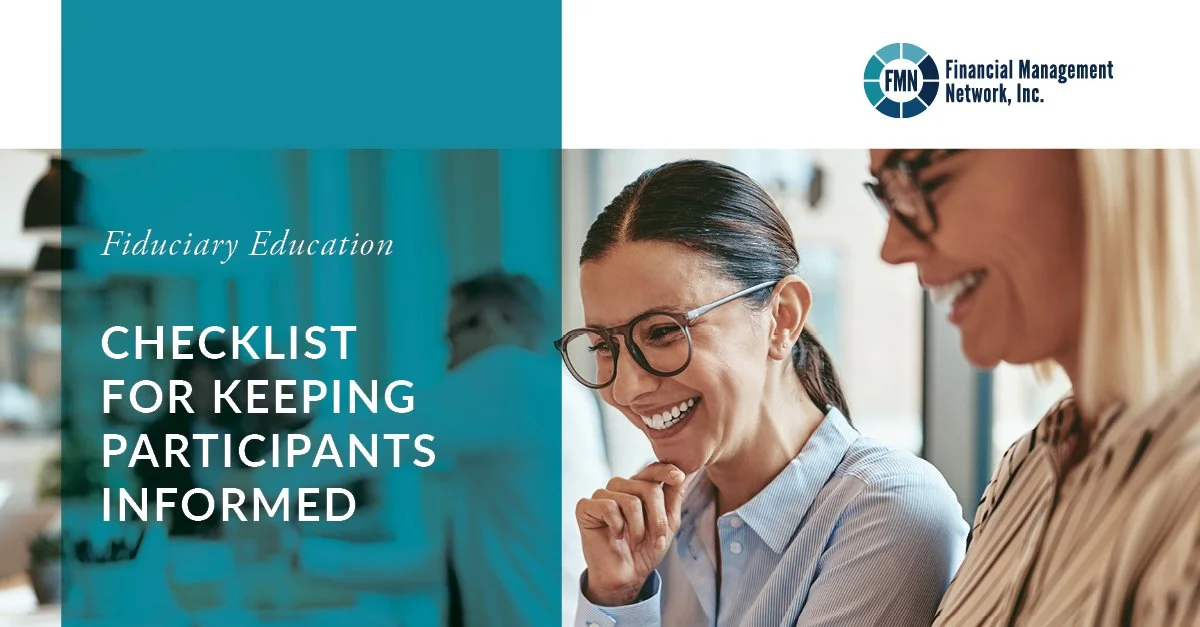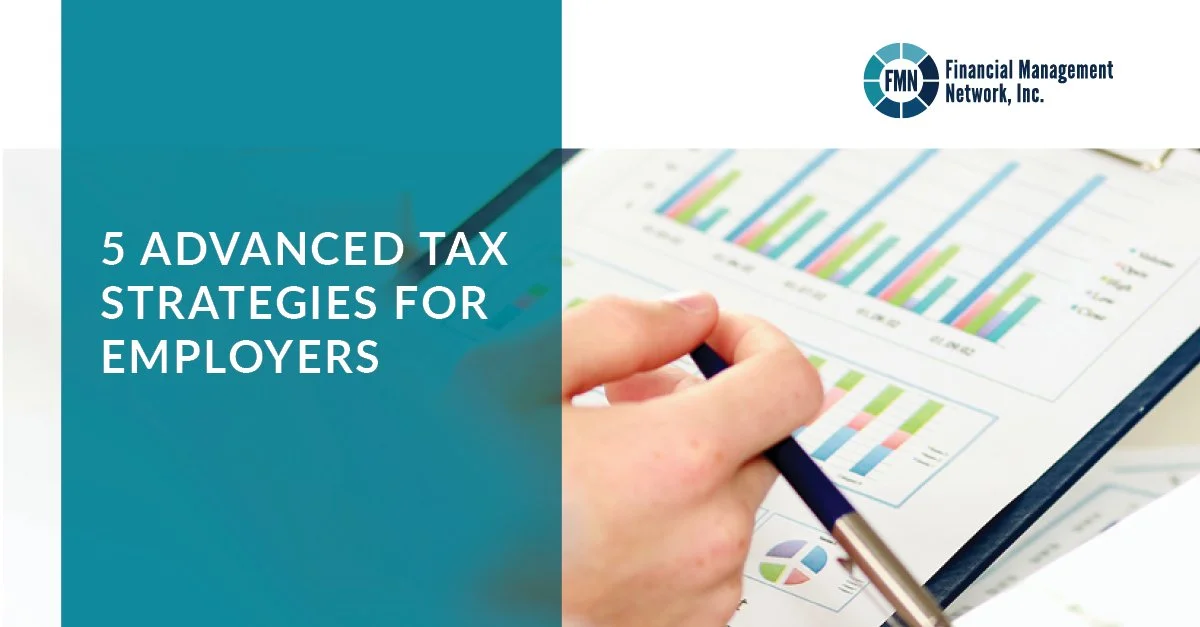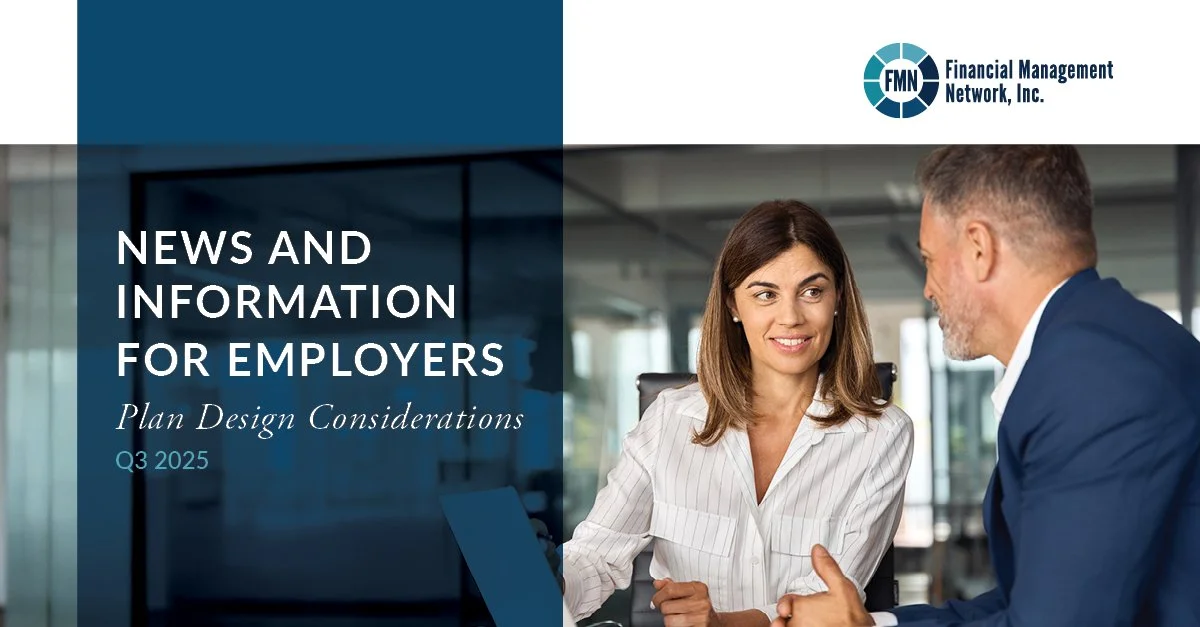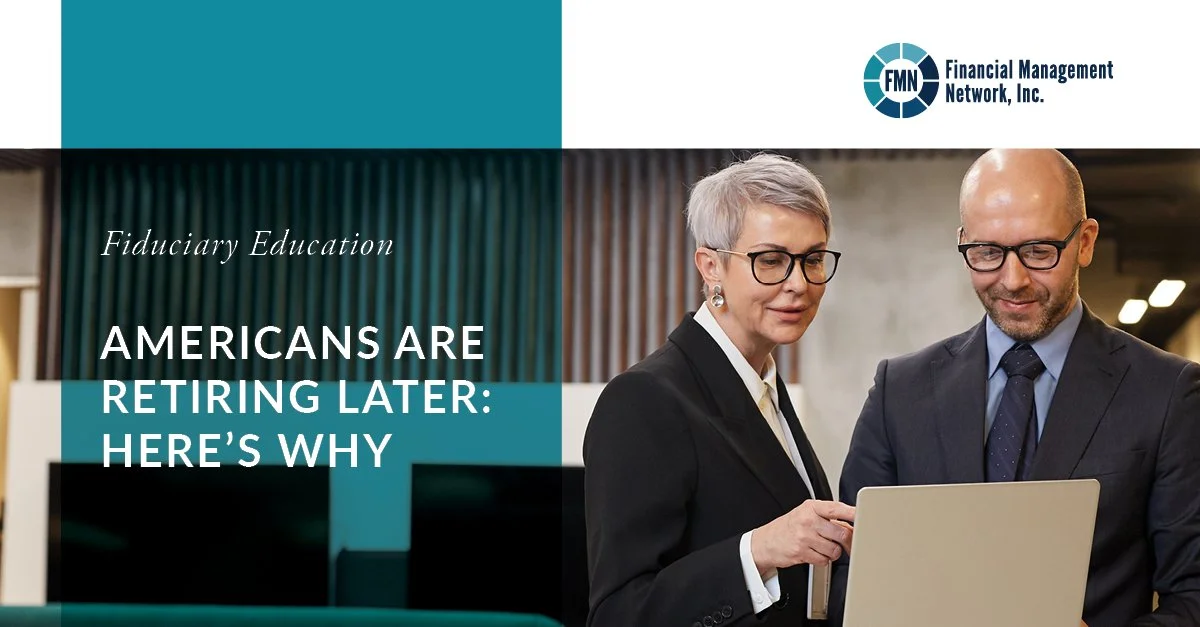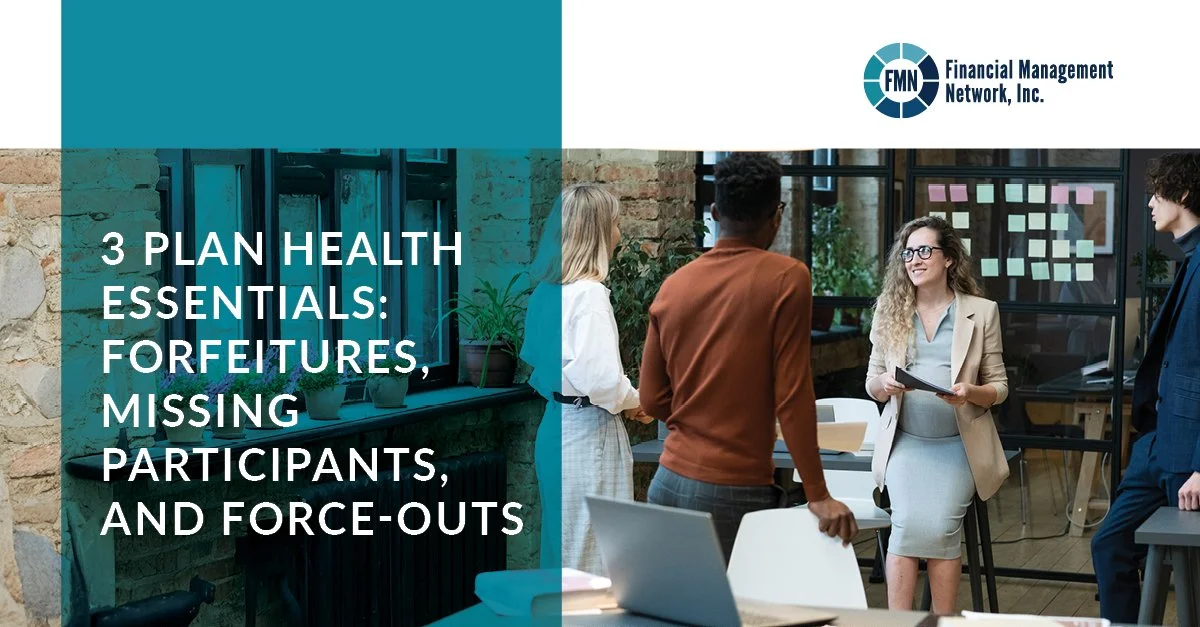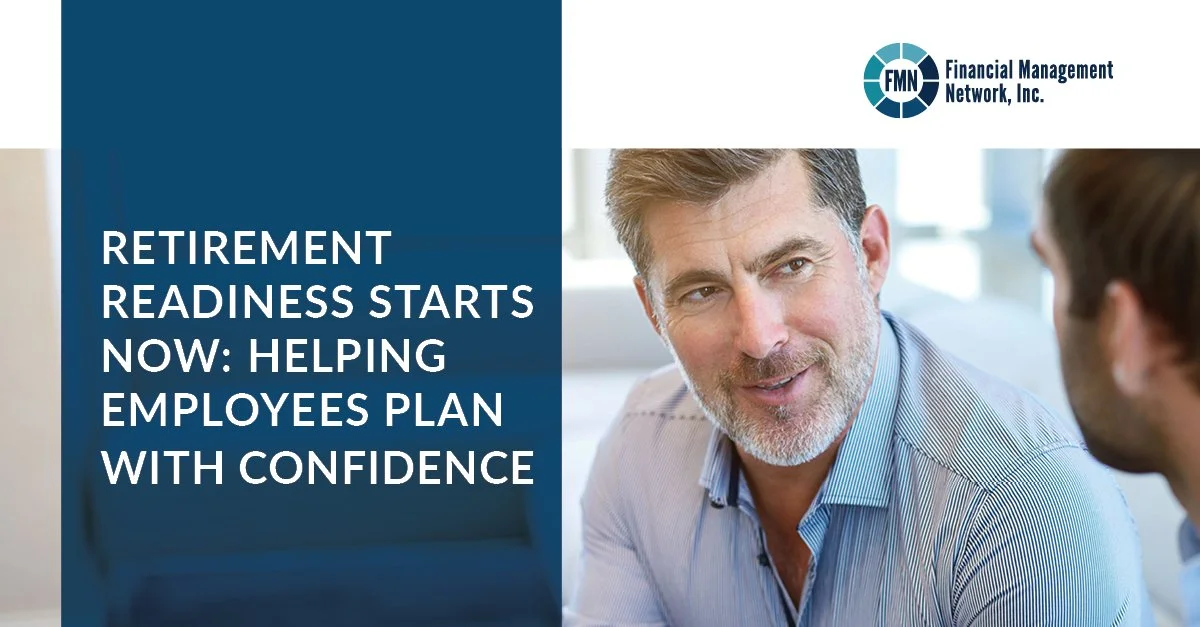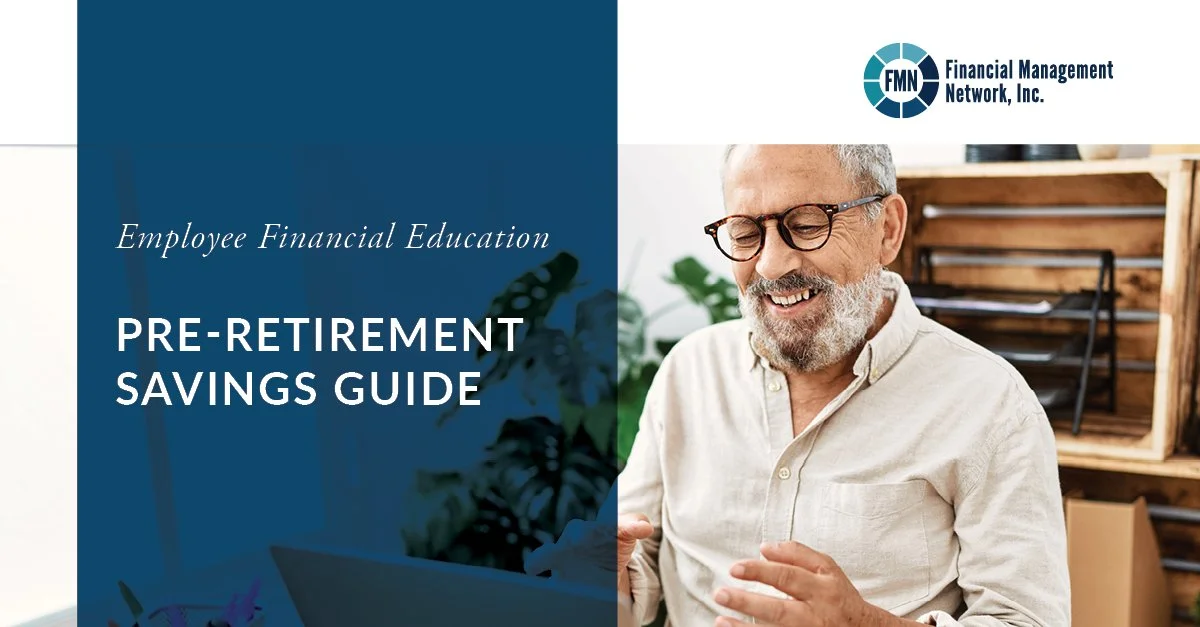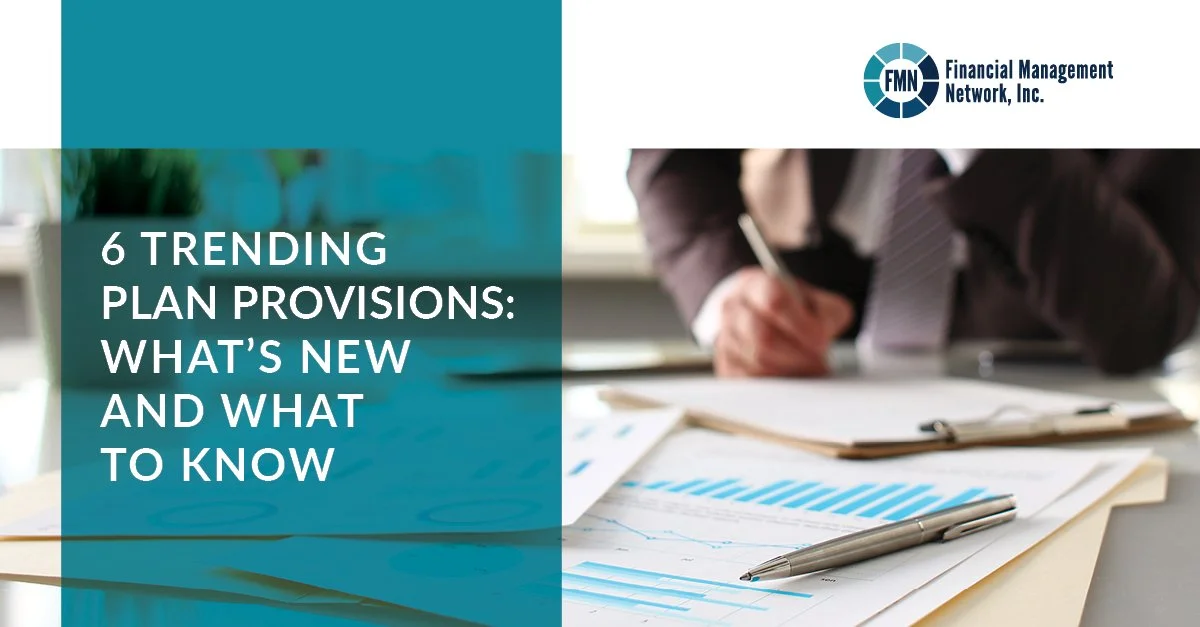Understand the pros, cons, and considerations for moving forward
It started with a simple question during a leadership meeting:
"What’s in our 401(k) plan—and are plan provisions still working for our team the way they should?"
The CEO glanced around the room. No one had a clear answer. The plan had been in place for years, maybe even decades. It quietly ran in the background while the company grew. But things had changed. New hires were asking about Roth options. Long-time employees were thinking about their retirement around the corner. And recent headlines about SECURE Act 2.0 raised more questions. It was clear the time had come to take a closer look.
This scenario is playing out in boardrooms across the country. Retirement plans—once seen as “set it and forget it”—are now under the spotlight. Rules are changing. Teams are growing more diverse. And there’s a bigger focus on financial health. Many plan sponsors are asking: Is our plan still a good fit?
A deeper look into plan provisions
Whether you're a CEO, CFO, HR leader, or plan fiduciary, it’s important to understand your plan provisions and what updates might help. Today’s 401(k) plans offer more options than ever before. Features like automatic enrollment, student loan matching, and Roth conversions are gaining attention. Each plan provision brings unique pros, cons, and considerations.
Let’s take a closer look at the options shaping modern retirement plans and how to evaluate the right ones for your workforce.
1. Automatic enrollment and escalation
· PRO: Automatic enrollment helps new employees start saving immediately, boosting
participation rates. Automatic escalation slowly increases contribution rates over time. Both
help employees save more without requiring them to take action.
· CON: Higher participation may lead to increased employer match costs. Some employees may
opt out if not fully educated on the benefits.
· CONSIDERATION: SECURE Act 2.0 mandates auto-enrollment (starting at 3% and escalating
annually by 1% up to 10-15%) for most new 401(k) plans beginning in 2025. Now is a good time to
evaluate if your current plan includes this feature or if it should.
2. After-tax contributions and Roth conversions
· PRO: Allows high earners to save beyond the traditional deferral limits. After-tax contributions
can be converted to Roth at a later time, offering potential tax-free growth.
· CON: Adds administrative complexity and may confuse employees, especially if they are
unfamiliar with the nuances of after-tax vs. Roth.
· CONSIDERATION: If your team values tax flexibility, these plan provisions may be worth adding.
They’re especially helpful for high earners or younger employees focused on long-term growth.
3. Student loan matching
· PRO: Helps younger employees balance debt repayment and retirement savings. It allows
employers to “match” student loan payments with 401(k) contributions.
· CON: Requires coordination with payroll and recordkeeping systems. Employees without
student loans do not benefit.
· CONSIDERATION: Supports financial wellness and may improve recruitment and retention with
younger workforces.
4. $1,000 emergency withdrawals
· PRO: Employees can access up to $1,000 per year for emergencies, penalty-free.
· CON: Frequent withdrawals can reduce long-term retirement balances if not repaid.
· CONSIDERATION: This provision addresses unexpected expenses without requiring loans or
hardship withdrawals. They’re especially valuable in industries where employees may have less
financial cushion.
5. Higher catch-up contributions
· PRO: Employees ages 60–63 can contribute $11,250 for 2025 boosting retirement savings late
in their careers.
· CON: May disproportionately benefit higher earners unless paired with education and
communication.
· CONSIDERATION: Sponsors should confirm that their payroll provider and recordkeeper can
support this provision. They should also make sure that older employees understand how it
works and why it matters.
6. Plan portability and auto-rollovers
· PRO: New rules streamline small account ($1,000 – $7,000) rollovers and auto-portability
between employers. Keeps participant balances consolidated and helps improves retirement
outcomes.
· CON: Requires coordination with recordkeepers and third-party portability solutions.
· CONSIDERATION: Plans with high turnover or seasonal workforces can benefit from this
feature. It helps reduce administrative burden by removing small, inactive account balances.
Changing plan provisions: what to know
If you decide to update your retirement plan, the change process includes:
· Amending the Plan Document – Formal plan amendments must be adopted in writing.
· Communicating with participants – A summary plan description (SPD) or summary of material
modifications (SMM) must be provided.
· Effective date – Many SECURE 2.0 provisions can be implemented now, but several have
default effective dates of January 1, 2026.
Why now is the time to review your plan
A simple question in a leadership meeting can lead to real change.
Today’s workforce expects more, and the retirement plan you offer plays a key role. Thoughtful plan provisions help address goals like recruitment, retention, and long-term financial wellness. Reviewing your plan can help you stay ahead of regulatory changes and evolving needs. Plus, it helps demonstrate your commitment to supporting employees at every stage of life. A modernized plan isn’t just a benefit; it’s a reflection of your company’s values.
Quick checklist for plan sponsors
Have you reviewed your plan provisions in the last 12 months?
· Are you prepared for January 1, 2026 SECURE 2.0 changes?
· Do your plan features match your workforce demographics?
· Have you documented your fiduciary decision-making?
If not—now’s a great time to start.

